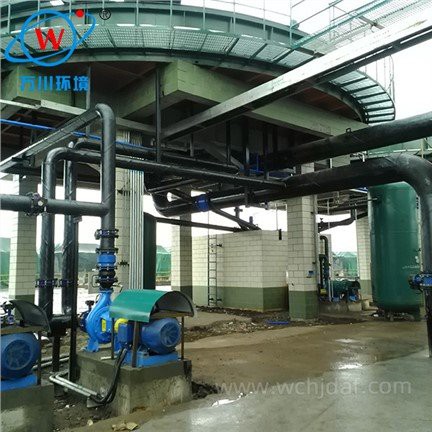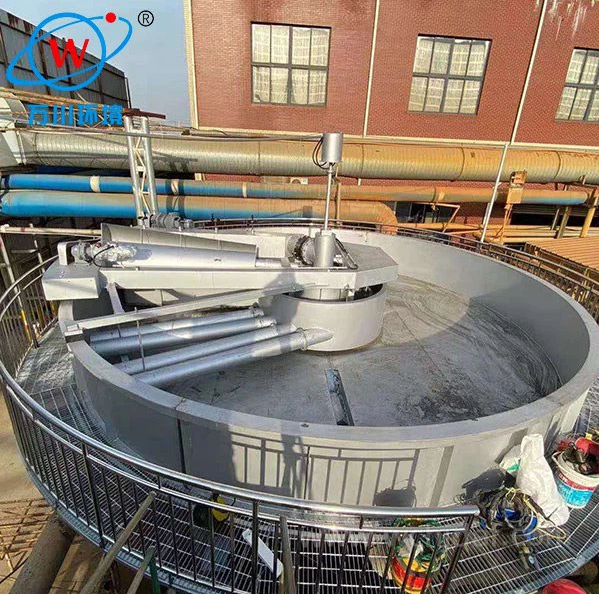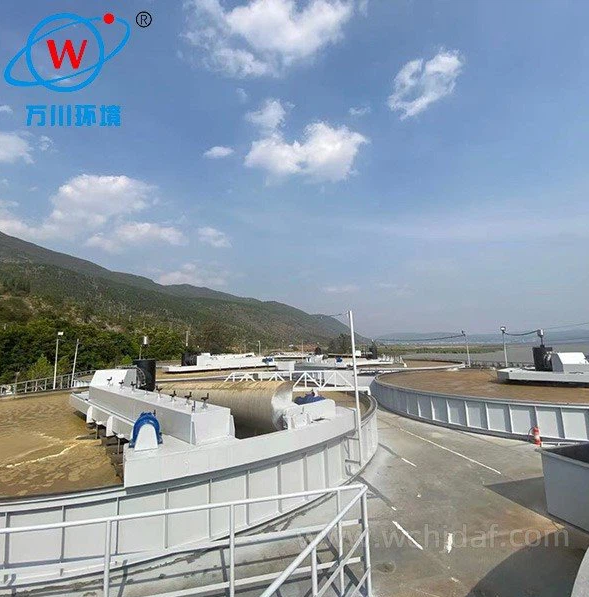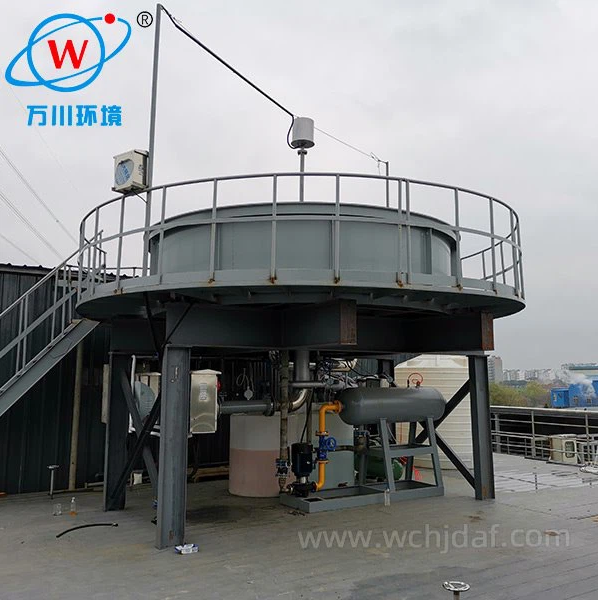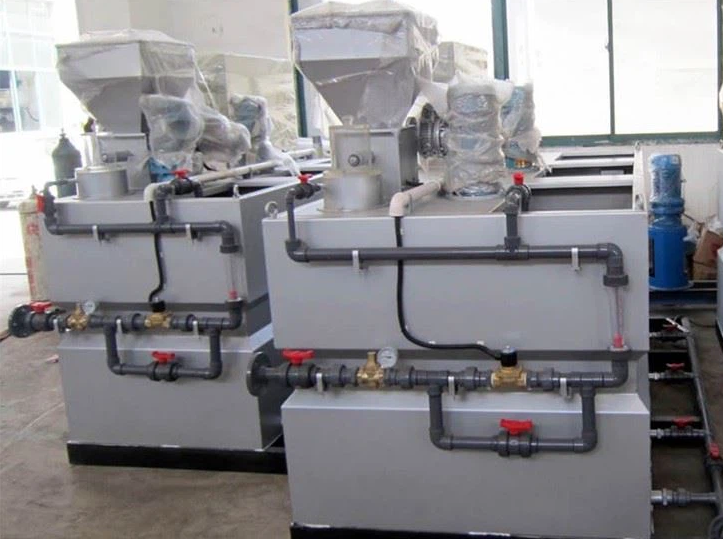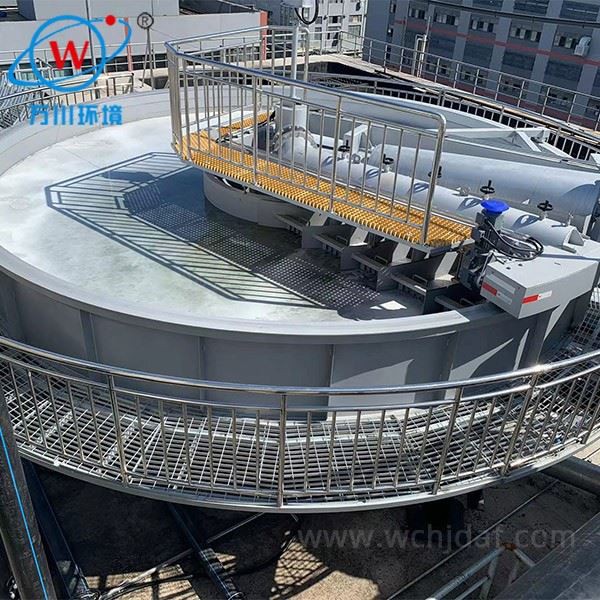Factors Influencing DAF Effectiveness
The effectiveness of Dissolved Air Flotation (DAF) in wastewater treatment is influenced by a range of interrelated factors that determine how well contaminants are separated from water.
Wastewater Characteristics
- The nature and concentration of contaminants play a critical role—substances like oils, greases, and fine colloidal particles behave differently than larger suspended solids.
- Their presence in varying amounts can alter how well they attach to microbubbles.
- The pH level of the wastewater matters; extreme pH values can disrupt the formation of flocs that are essential for capturing contaminants.
Operational Parameters
- The rate at which air is dissolved into the water directly impacts the number and size of microbubbles generated.
- Smaller, more uniform microbubbles have a greater surface area, allowing for better attachment to contaminants.
- The hydraulic loading rate affects performance. If too high, wastewater may not spend enough time for proper separation.
Chemical Reagents
- Coagulants and flocculants are often added to help particles clump together into larger flocs.
- Using an inappropriate type of reagent, or adding too little or too much, can hinder floc formation.
- Insufficient coagulant may leave particles too small, while excess reagent can create overly large flocs that sink.
Equipment Condition
- Components like air dissolvers, bubble generators, and skimmers must function properly.
- A malfunctioning air dissolver may produce uneven or too-large bubbles.
- A clogged skimmer can fail to remove floating contaminants, allowing them to re-enter the treated water.
Key Insight
Regular maintenance to keep equipment clean and in good working order is essential to sustain consistent DAF treatment effect. The interplay between these factors means that optimizing DAF performance requires a holistic approach that considers wastewater characteristics, operational parameters, chemical usage, and equipment maintenance simultaneously.
Conclusion
DAF is a complex process where multiple factors interact to determine the overall treatment effectiveness. Understanding these factors allows wastewater treatment professionals to optimize their systems for better contaminant removal, reduced operational costs, and more consistent treatment outcomes.

